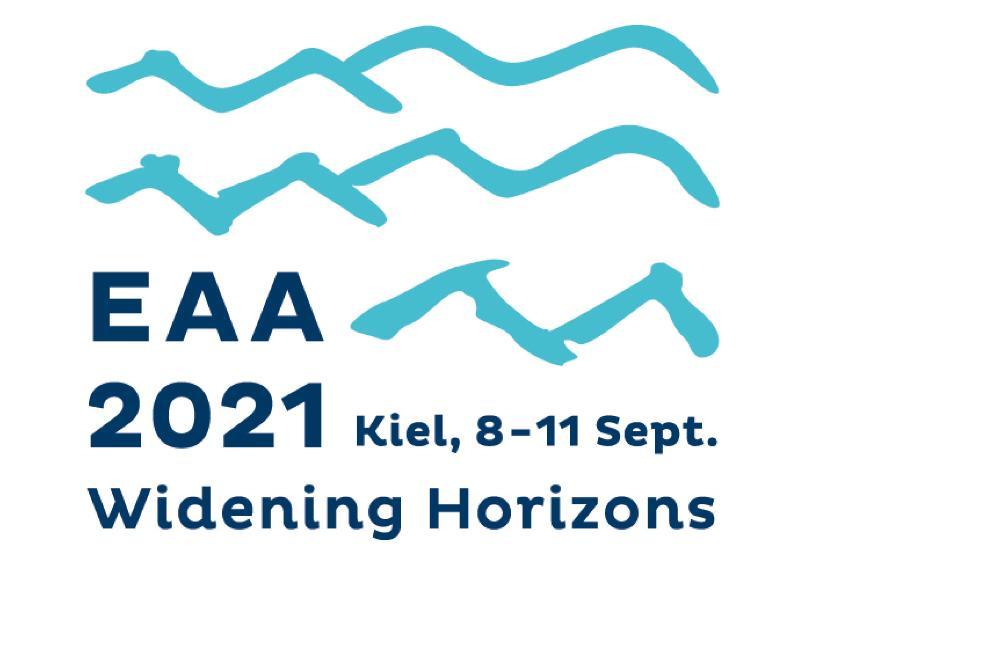 The archaeologists Amalia Pérez-Juez and Paul Goldberg, two of those responsible for the Boston University research project in Torre d'en Galmés, have presented the article "Evidence for fire use - or not - at the Talayotic site of Torre d'en Galmés" at the European Association of Archeology Annual Meeting (EAA), held online between September 6 and 11.
The archaeologists Amalia Pérez-Juez and Paul Goldberg, two of those responsible for the Boston University research project in Torre d'en Galmés, have presented the article "Evidence for fire use - or not - at the Talayotic site of Torre d'en Galmés" at the European Association of Archeology Annual Meeting (EAA), held online between September 6 and 11.
The archaeological site of Torre d’en Galmés spans from the beginning of 1st millennium BCE to the 13th century CE, encompassing Talayotic, Roman, and Muslim periods. It covers two thousand years of occupation in which different peoples used the space according to their needs and cultural patterns. They also made fire, which is evident throughout the site and during the different time periods just mentioned. Researchers have documented fires for cooking, keeping warm, lighting rooms, cleaning and industrial uses. They have also identified different fuels such as wood or dung. The traces of combustion in the archaeological record are multiple and depend on numerous factors. These traces are not always clear at the site, and using only field observation can lead to misinterpretation of remains and possible activities.
That is why in their article, Pérez Juez and Goldberg present the evidence of fire use by applying micromorphological analysis as a way of identifying and evaluating fire, combustion features, their traces or deposits that turned out not to be associated with fire. They present examples from the interior and exterior of domestic structures and open spaces that show how micromorphology can contribute to a better understanding of site activities as a whole.
During the EAA Annual Meeting, another research project related to Talayotic Menorca has been presented under the title “Integrating microfossil records from livestock dung burned as fuel in Menorca, Balearic Islands: an experimental approach.” Marta Portillo, researcher at the Department of Archeology and Anthropology of the Milà and Fontanals Institution for Research in Humanities (IMF) - CSIC has been in charge of the presentation. The archaeologists Montserrat Anglada and Damià Ramis from the Museu de Menorca, and Antoni Ferrer from the Institut Menorquí d’Estudis are also part of the project team.
European Association of Archaeologists Annual Meetings
The EAA Annual Meetings are the highlight of the EAA year, bringing together colleagues from all over Europe to discuss important issues in research, heritage management and commercial practice, ethics and theory, and the newest results of fieldwork. With over 2.000 delegates and 150+ sessions, the EAA Annual Meetings have grown to be an essential event on European archaeological scene.